During this post we’ll cover the basics of wildlife pond design, discover the art of crafting small wildlife ponds that pack a punch in terms of benefits and ecological richness. We’ll look at potential plant species, how to plant them, the wildlife you can expect to attract and finally how to effectively manage your wildlife pond.
A wildlife pond does not have to be very big to be effective and even a very small car tyre size pond will offer plenty of benefits provisioning for a wide range of wildlife in a landscape. If you have room for a larger wildlife pond you can also use the pond for storing water for irrigation, growing biomass, fish and productive aquatic plants.
The main things you need to consider when designing a wildlife pond are:
Location
Wildlife ponds are best sited in areas with full sun or partial shade and close to productive areas of the gardens that will benefit from the Borgs attracted to the ponds. To lower maintenance tasks they should be located away from trees that will shed lots of leaves or fruits into the water as the organic matter will need removing to keep the pond ecosystem healthy. It helps if the pond is located on lower land to allow accumulation of surface runoff from a larger catchment area, or positioned in a location that can easily receive rainwater harvested from nearby roof catchments and in an area where overflow water can safely discharge. Even small ponds can be dangerous for small children so having a fence around the pond is advisable if you have small children in the garden.
Water source
A dependable source of water supply should be available within or near the site to fill and top up the pond. This is to compensate for the water loss through seepage (if not using a liner), surface evaporation during the periods of hot weather and water that will be consumed by wild animals that visit the pond. The water supply to the pond should as far as possible be natural, preferably rain water.
Overflow route
Equally as important as how you will fill the pond and maintain the water level is where the excess water will flow when the pond is full. Water can create an incredible amount of damage so managing the overflow should be well considered within the design. Diverting overflow into channels that fill other ponds, swales, heavily mulched depressions or evenly dispersing water into a field is a good option but in small gardens linking the pond to existing drains may be necessary.
Welcome to our Online Store where you can find Forest Garden/ Permaculture plants, seeds, bulbs and Polyculture multi-packs along with digital goods and services such as Online Courses, Webinars and eBooks. We hope you enjoy the store and find something you like.
It's your purchases that keep our Project going! Enter Our Store Here
Pond shape
In order to encourage wildlife in your pond you need to provide various depths to cater for a range of aquatic plants, including; a deep section that will not freeze during the winter (1.3-1.5m is adequate for most aquatic organisms including European carp - Cyprinus carpio), a gentle slope for amphibians and insects to easily enter/exit and a shelf for emergent aquatic plants to populate. You can see in the below photo of our wildlife pond excavation in Aponia, a deep section, a shelf and a beach (the area that slopes gradually to the sides of the bank where the people are standing).
Pond vegetation
A wildlife pond should consist of various depths within the pond to cater for the four categories of aquatic plants. If all of these plants can grow well it should keep the pond ecosystem in healthy balance.
Emergents (marginal plants)
These plants are usually rooted in shallow water but grow vertically with a shoot system that spends the majority of the time above water like a terrestrial plant. They include plants such as yellow flag iris - Iris pseudacorus, greater spearwort - Ranunculus lingua, sedges - Carex spp., rushes - Juncus spp., water plantain - Alisma plantago-aquatica and arrowhead - Sagittaria sagittifolia as well as some great biomass plants asparagus of the cossacks - Typha latifolia and common reed - Phragmites australis.
Deep marginals (rooted floating plants)
These plants have leaves that float on the surface, but the roots are anchored in soil beneath the water and include plants such as water-lily - Nymphaea. These plants can help reduce evaporation and provide landing sites for insects and basking areas for amphibians. In practice I have found it difficult to find a water lily or any deep marginal plant to establish in any of our ponds. The winter here seems to kill them off. I have not tried too many species as the ponds appear to function well without them and we do have a floating plant, European frogbit - Hydrocharis morsus-ranae. Although not rooted to the pond substrate, this plant does form a good cover to reduce evaporation and the small circular leaves provide a surface area for insects and frogs to rest on.
Oxygenators (submerged plants)
Oxygenating plants are vital for maintaining a healthy pond. They grow mainly underwater, producing oxygen and absorbing impurities which help keep the pond clear and clean. These plants also provide cover for aquatic life, such as newts and frogs. Some good oxygenators include rigid hornwort - Ceratophyllum demersum, spiked water-milfoil - Myriophyllum spicatum and common water-crowfoot - Ranunculus aquatilis.
(Floaters (free floating plants)
These are generally tiny plants that float on the surface with their roots suspended free in the water. These include plants such as duckweed - Lemna minor and the beautiful scale-like leaved mosquito ferns - Azolla spp. that form a symbiotic relationship with the cyanobacterium - Anabaena azollae, that fixes atmospheric nitrogen for the plant. Our winters are too cold for Azolla spp. to survive outdoors. Water fern - A. filiculoides and carolina anemone - A. caroliniana are both moderately frost-tolerant and have the best chance of surviving in areas with cold winters. In warmer climates there is good potential to grow these plants as a source of nitrogen rich feed for terrestrial plants.
Other plants
Algae - you will most likely find algae growing in your pond at some point especially if you have high levels of organic matter (leaf shed or excrement, etc.) that algae thrive on. Algae can cause considerable disturbance in the pond ecosystem by decreasing light filtration, consuming the bulk of the oxygen and reducing surface intake of oxygen so it’s best to remove it when it starts to build up. It makes a great mulch, worm feed and compost additive. I’ve considered making ponds specifically for growing algae where fresh manure is added to the water that the algae will quickly convert into biomass. It can then be scoped out and applied to the productive perennial beds as a nutrient dense mulch. If we kept large mammals this is certainly something I would seriously consider trying as a way to quickly convert the manure into a plant available feed.
Moist margin plants - these plants are not strictly aquatic plants but you will often find them growing on the banks of ponds, in soils that flood periodically and in marshy areas. I was really pleased to find that some of these plants have naturally found their way to the banks of our ponds such as gypsywort - Lycopus europaeus and what I think is marsh willow herb - Epilobium palustre
There are some aquatic species that are known to cause problems when released into waterways and it is very easy for these plants to spread via seed attached to birds and amphibians so look out for those when selecting wild plants. I normally base my selection of plants on those that are growing in wild waters local to wherever the pond will be and often I’ll stock my ponds with propagules from these local plants.
Want to learn more about Regenerative Landscape Design? Join The Bloom Room!
The Bloom Room is designed to create a space for more in-depth learning, for sharing projects and ideas, for seeking advice and discovering opportunities.
Ultimately, it aims to build a more intimate, interactive, and actionable relationship between members, a way for the Bloom Room community to support each other’s projects and learning journeys, and to encourage and facilitate the design, build, and management of more regenerative landscapes across our planet.
What you can expect as a member of the Bloom Room
As a member of the Bloom Room you can expect;
Access to an interactive forum where you can ask questions, direct what type of content you would like to see as well as share your own content and projects.
Monthly live session featuring general Q&A and tutorials on design software for creating and presenting polycultures.
Live session every month for members to showcase your projects, plans, designs, and gardens, with guest speakers from the community.
Full Access to all of the content on Substack
A 50% discounts on all of our online courses
Future opportunities to join our Global Regenerative Landscape Design and Consultancy Service, with potential roles for those with the will and skill to join our design team.
An opportunity to take part in the group ownership of a Regenerative Landscape. You will find more details on that here.
Become a paid subscriber to our Substack to join. The annual subscription is currently $70 and the monthly subscription is $7 (monthly subscription excludes discounts for products and services) . You can join here, we look forward to meeting you!
Here is a list of herbaceous plants for ponds, margins and marsh that are known to attract a range of Borg invertebrates.
Regenerative Landscape Design - Online Interactive Course
Want to learn how to design, build and manage regenerative landscapes? Join us on our Regenerative Landscape Design - Online Interactive Course. We look forward to providing you with the confidence, inspiration, and opportunity to design, build and manage regenerative landscapes, gardens, and farms that produce food and other resources for humans while enhancing biodiversity.
Planting out
Aquatic plants do not need soil to grow as they take all the nutrition they need from the water. Floaters and some oxygenators (that do not require anchorage to the pond bottom) can be simply released directly into the water but the deep marginals, emergent plants and anchored oxygenators will require some substrate to keep them in place. All of our ponds are lined as our soils do not retain water and we’ll add a layer of sand/soil over the liner to create a foundation substrate that over time becomes thicker with the organic matter build up. This initial sand substrate is not deep enough to plant into so we’ll usually use a small division of plants in pots or shallow ice cream tubs filled with sand and place them in the water. Over time the plant roots grow out of the tubs/pots and anchor into the pond substrate creating a thick mesh of roots that holds in place. The below image shows one of our lined ponds a few weeks after planting.
We’ll try to aim for at least 40% vegetative cover in our ponds at maturity. According to various aquatic plant nurseries it is recommended to plant three bunches of oxygenating plants for every m².
Wildlife pond organisms
All you need is a few buckets of water from a nearby wildlife pond to get the pond life going. The water will most likely be full of eggs, seeds and microscopic aquatic life and it’s amazing how fast the pond will start to fill with aquatic insects. Aquatic plants will also establish relatively quickly and when they do, it will not be long before amphibians and reptiles move in (providing you have wildlife corridors connecting your plot to other habitats). We’ve often brought toad and frog spawn found in shallow puddles back to our ponds and this will certainly help get your populations going.
Pond marginal plants with upright stems or leaves are necessary for dragonfly and damselfly nymphs that will climb out of the water onto the stems and emerge as incredible winged insects. Adult dragonflies are particularly useful in the garden as they dine primarily on midges and mosquitoes and also have a role to play as pest predator where they will eat butterflies and moths, some of which have larvae that are common pests to fruits and vegetables.
Adding some features such as tree stumps, boulders or hollow rocks to the pond will provide hiding places for fish and other pond life and basking territory for amphibians. A section of long dense reeds will provide excellent habitat for grass snakes - Natrix natirx.
Our pond in the market garden is more in the open than our other ponds and it’s great to watch the swifts, swallows and house martins fly by and skim a drink off the surface. The pond banks are often occupied by birds when I come down in the mornings, presumably hunting insects that stop by for some water or perhaps taking a drink themselves.
This is just a tiny portion of the wildlife you can expect to find in a pond and I can highly recommend ‘Freshwater Life: Britain and Northern Europe’ (Collins Pocket Guide) that provides an excellent overview of aquatic habitats including, lakes, rivers, streams, fens, brackish lagoons and ponds, describing the microscopic life, aquatic plants and aquatic animals that inhabit them.
Ducks and wildlife ponds
Ducks and small wildlife ponds do not work out. When they are ducklings all is well and they will enjoy grazing on the floaters, nibbling a few leaves and feasting on tadpoles and aquatic insects.
When they get larger they will obliterate the frog populations (although the large marsh frogs seem to hold their ground) and will then go on to eat every last aquatic plant until all you are left with is a pool of dark green water.
I’d like to integrate more ducks into our other gardens as they are very good at keeping slug and snail populations down, are good egg layers and provide a good supply of delicious meat but I’ll definitely be fencing off at least one wildlife pond from the ducks. This should not be too difficult to achieve as unlike chickens, farm ducks seem unable to jump/fly over even the smallest barrier of say 40cm in height . I quite like the idea of using hazel and alder coppice wands to build some low wattle fencing around the ponds and this should keep the ducks out and let the wildlife flourish.
Pond maintenance
Maintain ratio of plants - submerged plants release oxygen into the water when photosynthesizing and when the pond surface is covered by too many floating plants this will reduce the ability for the submerged plants to photosynthesize. Too much vegetation cover will also reduce the area on the surface for the water to diffuse oxygen from the air. Thinning out floaters from the surface or emergents spreading in from the edges can be practiced every so often and generally speaking it’s good to maintain no more than 40-50% cover of the water surface area with floating plants. As we have seen, ducks love these plants so if you’re keeping ducks you can feed these plants to them or you can apply them to the terrestrial beds as mulch. The oxygenators, especially those not rooted to the bottom, may start to fill the pond and can be thinned out and used for mulch.
Keep water relatively clear of non-living organic matter - removing non-living organic matter such as fruit fall and leaf fall in the autumn will help reduce algal blooms which if they do occur should be removed, as this will consume the majority of oxygen from the water killing most of the wildlife in the pond. The algae makes an excellent compost ingredient or mulch and a great feed for composting worms.
Dividing plants - aquatic plants will spread over time and can be divided when they start to overwhelm an area. When pulling biomass out of a pond, you will inevitably pull out lots of aquatic insects, tadpoles, newts and small frogs. Leaving the removed biomass on the side of the pond overnight should allow the pond life to escape back into the water.
Water levels - making sure water levels are high is particularly important if your liner is clay soil or a synthesized clay liner as these will often contract when dry and can form cracks and fissures where water will drain into when the water level does rise.
Micro-ponds
Micro-ponds are really easy to build and can provide excellent habitat in the smallest of gardens. In our bigger gardens and farm designs I’ve worked on, I’ll include multiple micro-ponds even if we have larger ponds on site as they provide so much benefit to the garden ecosystem. I’ll generally make them circular (1-1.5m diameter) and have two levels in the pond, a deep section approx. 1.3m deep in the centre and a shelf section about 40cm deep around that.
We’ll place a large log in the water for easy entrance and exit for insects and amphibians and boulders around the sides of the pond. I’ll position them within tree rows, in gaps in forest gardens and on the edges of vegetable gardens.
Below is an example of a planting scheme for a micro pond. Other plants we commonly use in micro-ponds are cattail - Typha sp., pickerelweed - Pontederia cordata, sedge - Carex sp., flowering rush -Butomus umbellatus, sweet flag - Acorus calamus, watercress - Nasturtium officinale and water plantain - Alisma sp.
Support Our Project
If you appreciate the work we are doing you can show your support in several ways.
Become a member of the Bloom Room. A $70 annual or $7 per month subscription to our Substack provides you with access to live sessions, design tutorials, a members forum and more, see details here.
Make a purchase of plants or seeds from our Nursery or Online Store
Joining us for one of our Practical Courses or Online Courses
Comment, like, and share our content on social media.
If you appreciate the work we are doing you can show your support in several ways.
Become a member of the Bloom Room. A $70 annual or $7 per month subscription to our Substack provides you with access to live sessions, design tutorials, a members forum and more, see details here.
Make a purchase of plants or seeds from our Nursery or Online Store
Joining us for one of our Practical Courses or Online Courses
Comment, like, and share our content on social media.
We offer a diversity of plants and seeds for permaculture, forest gardens, and regenerative landscapes including a range of fruit and nut cultivars. We Deliver all over Europe from Nov - March. - Give a happy plant a happy home :)

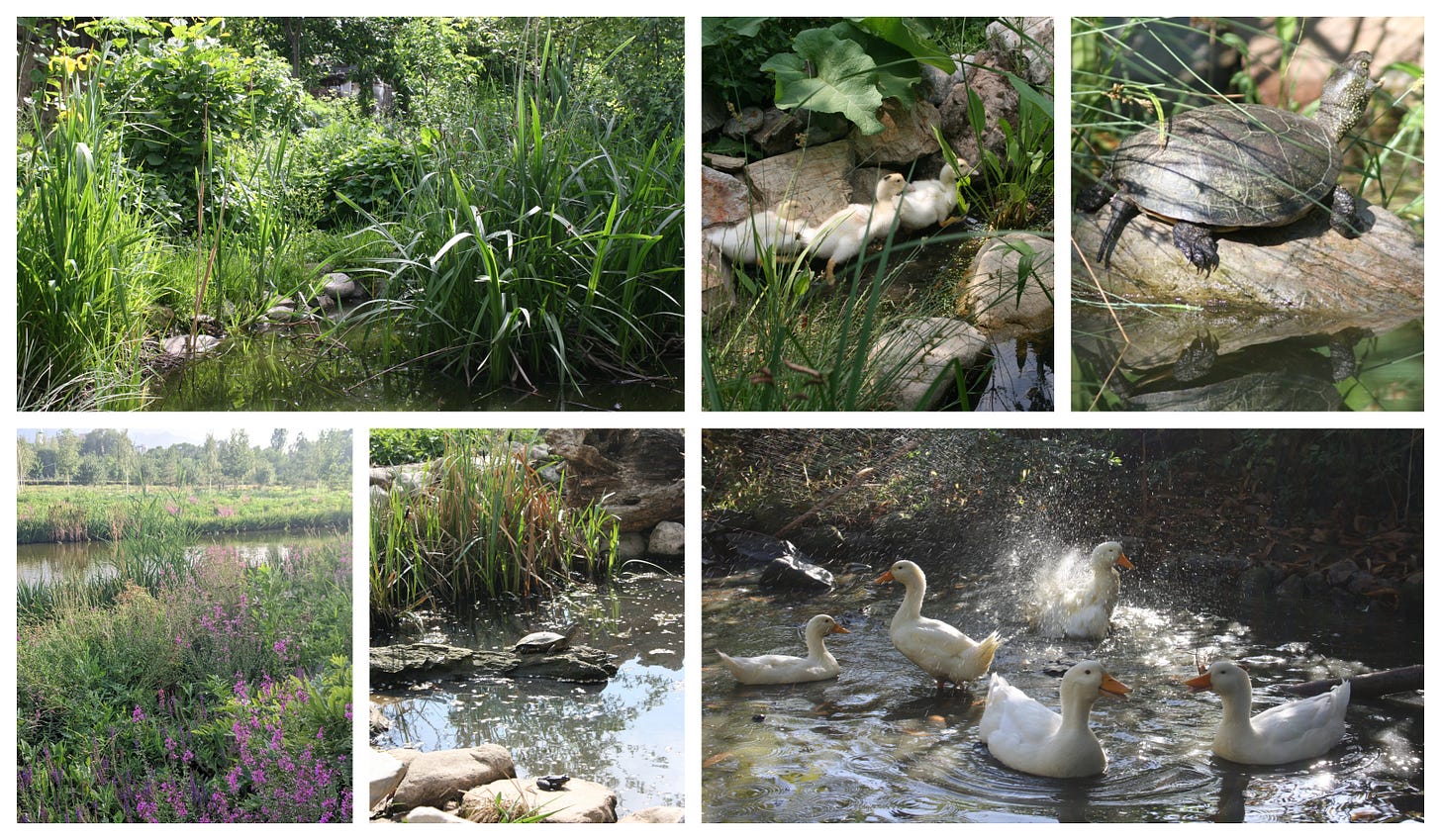
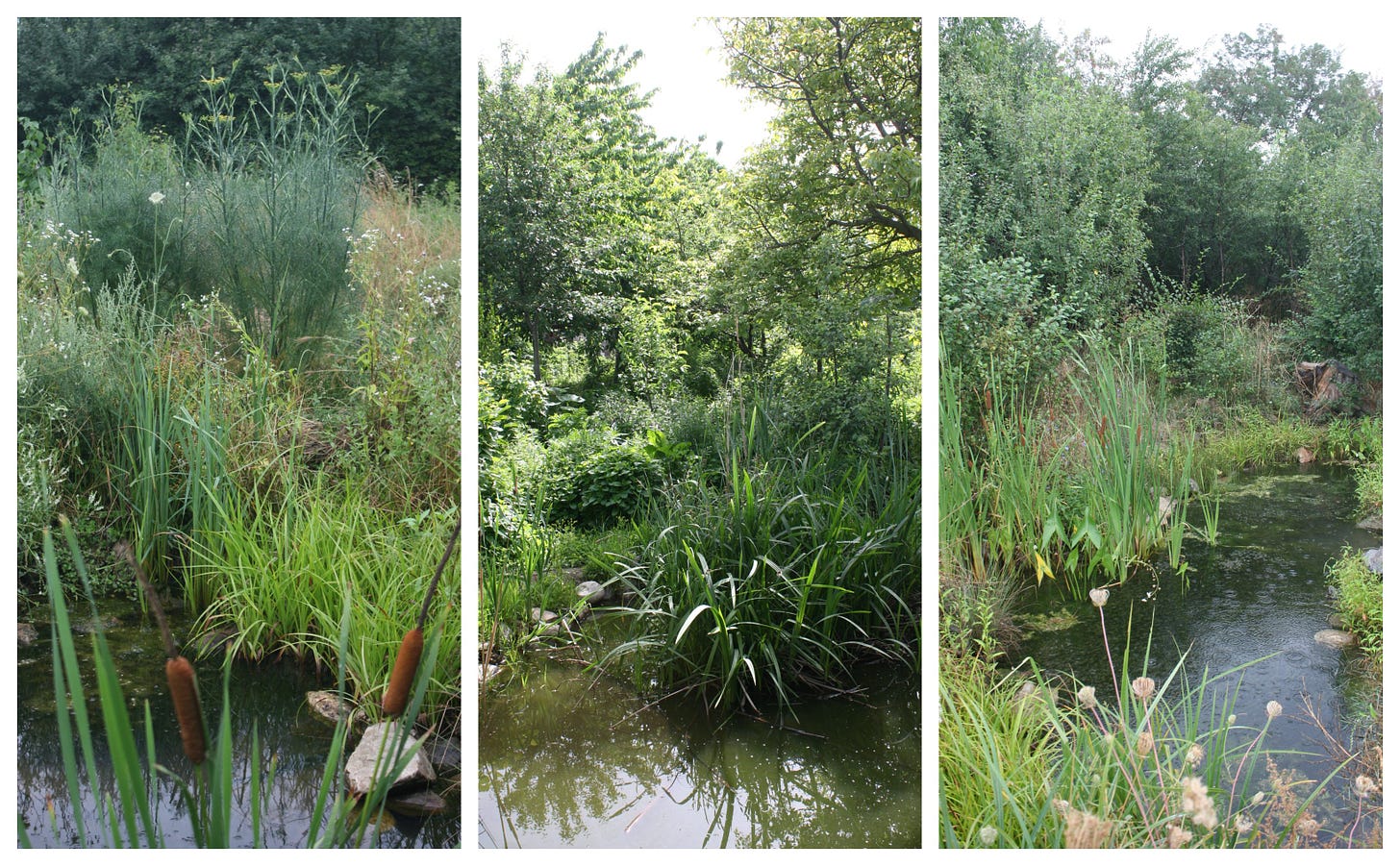

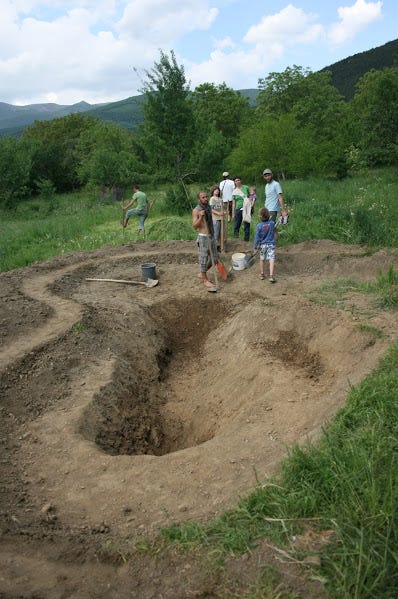
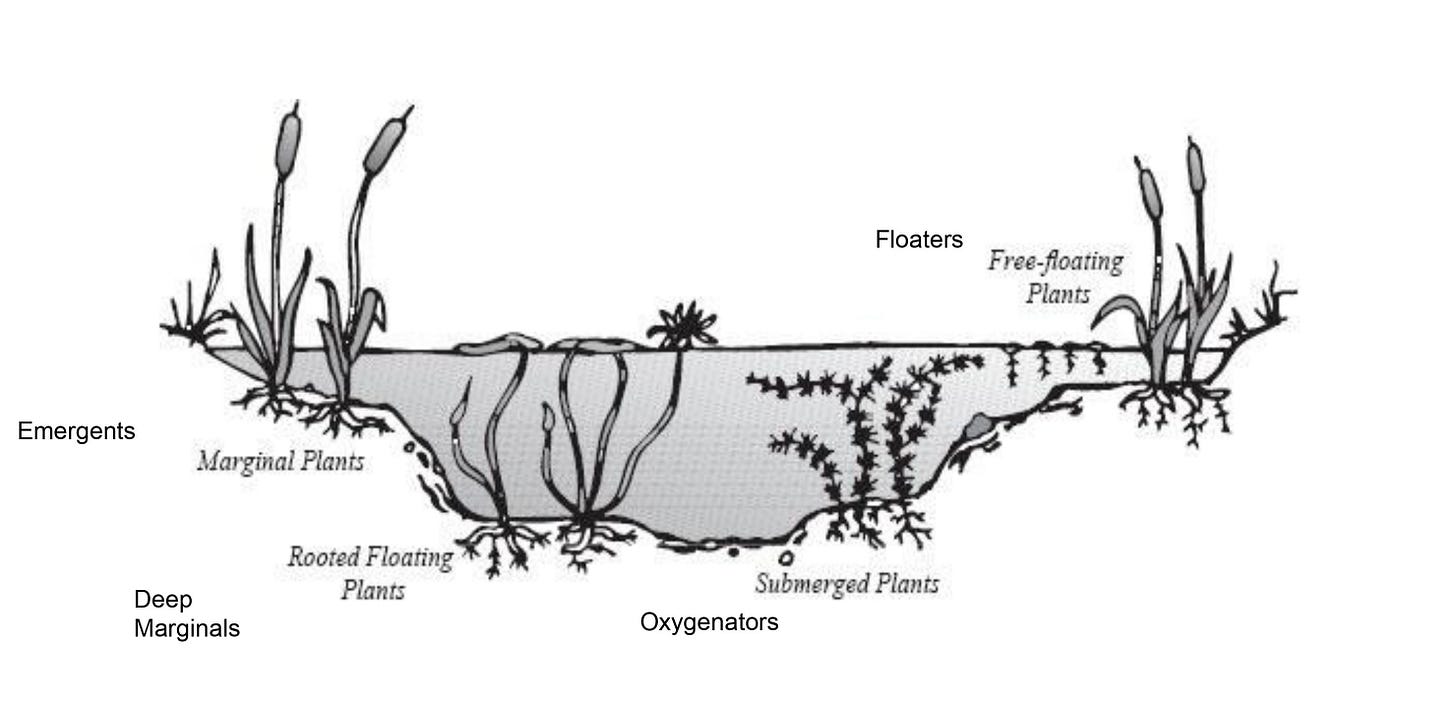
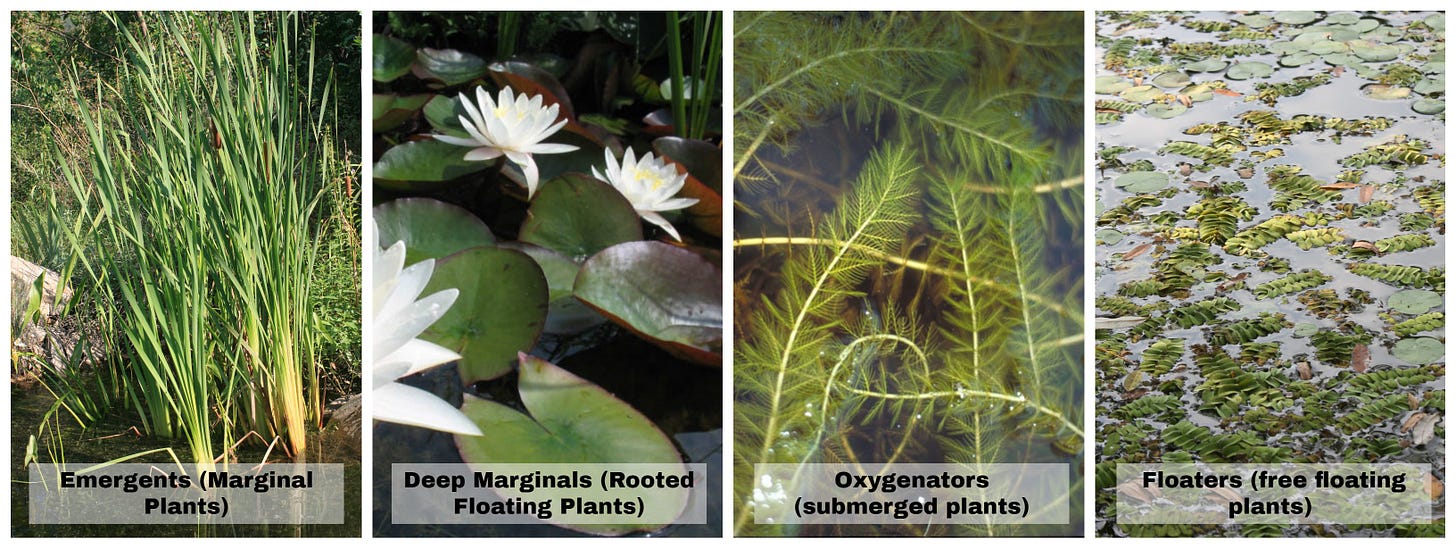
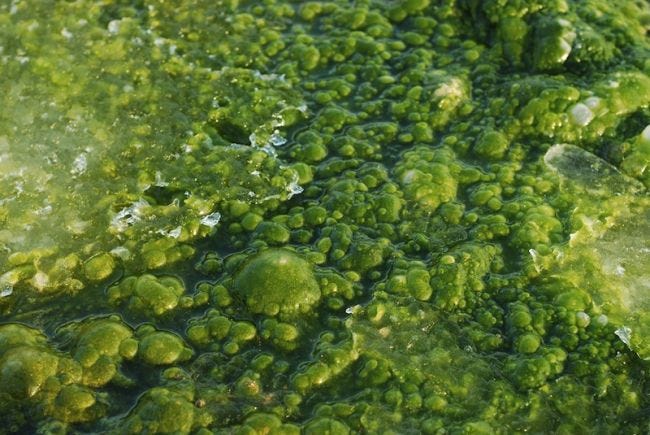
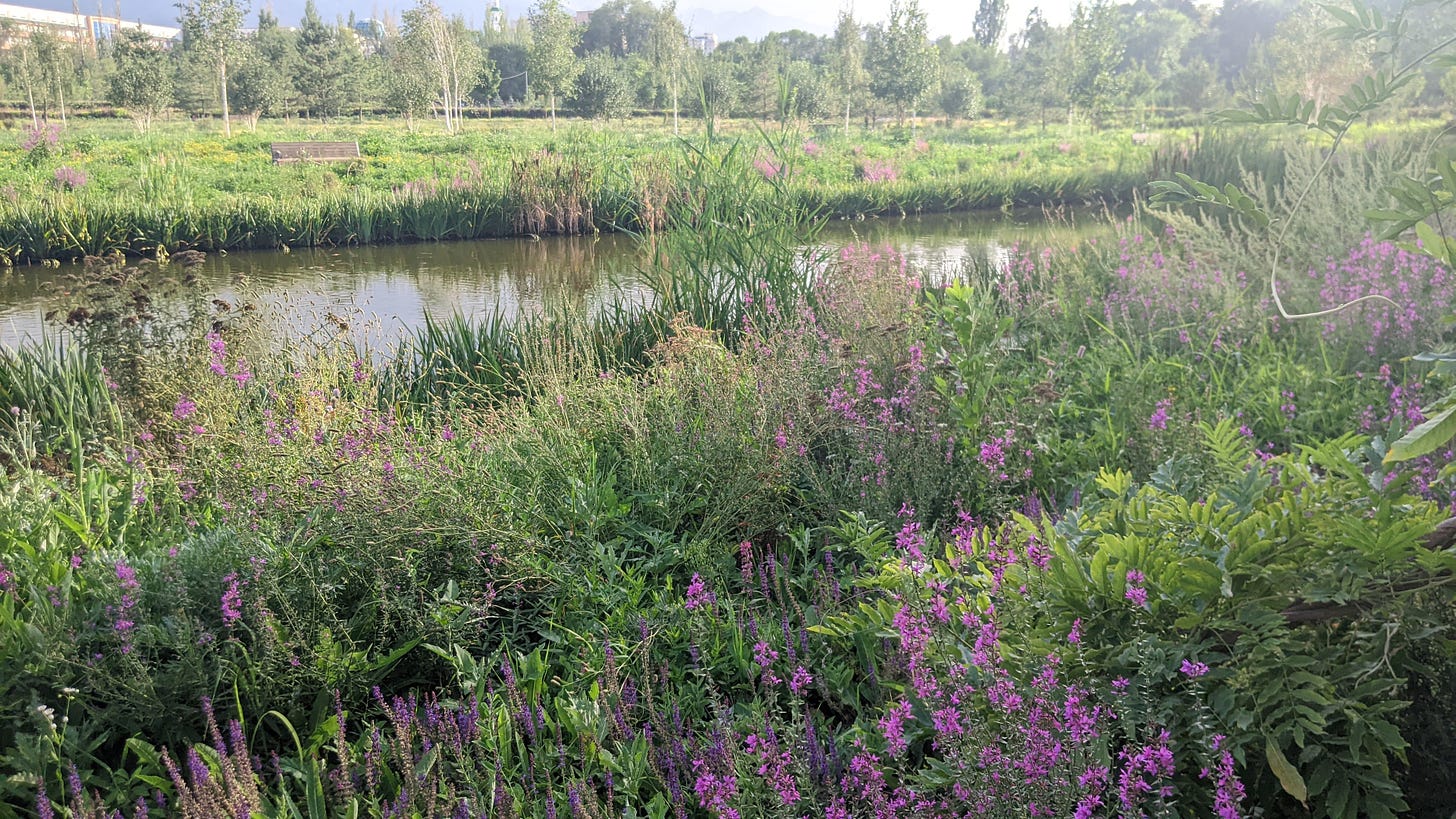

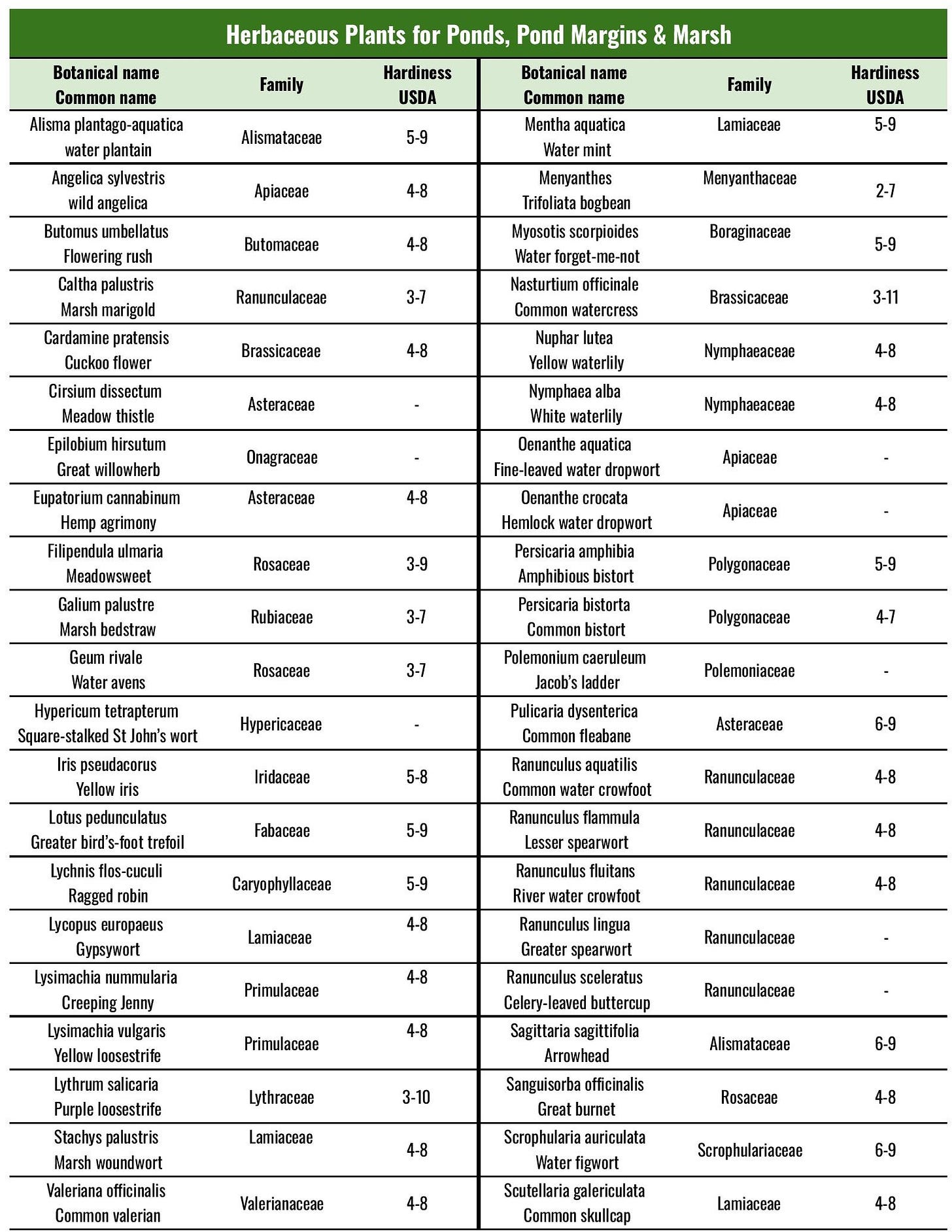
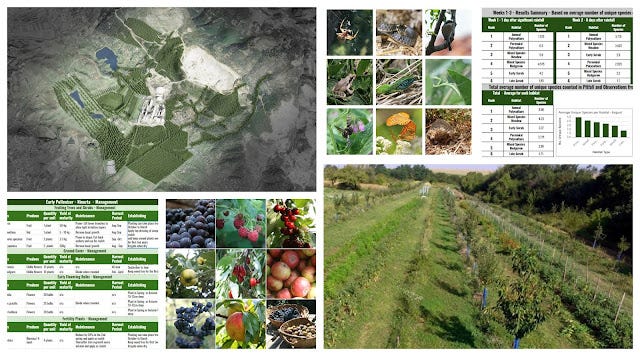


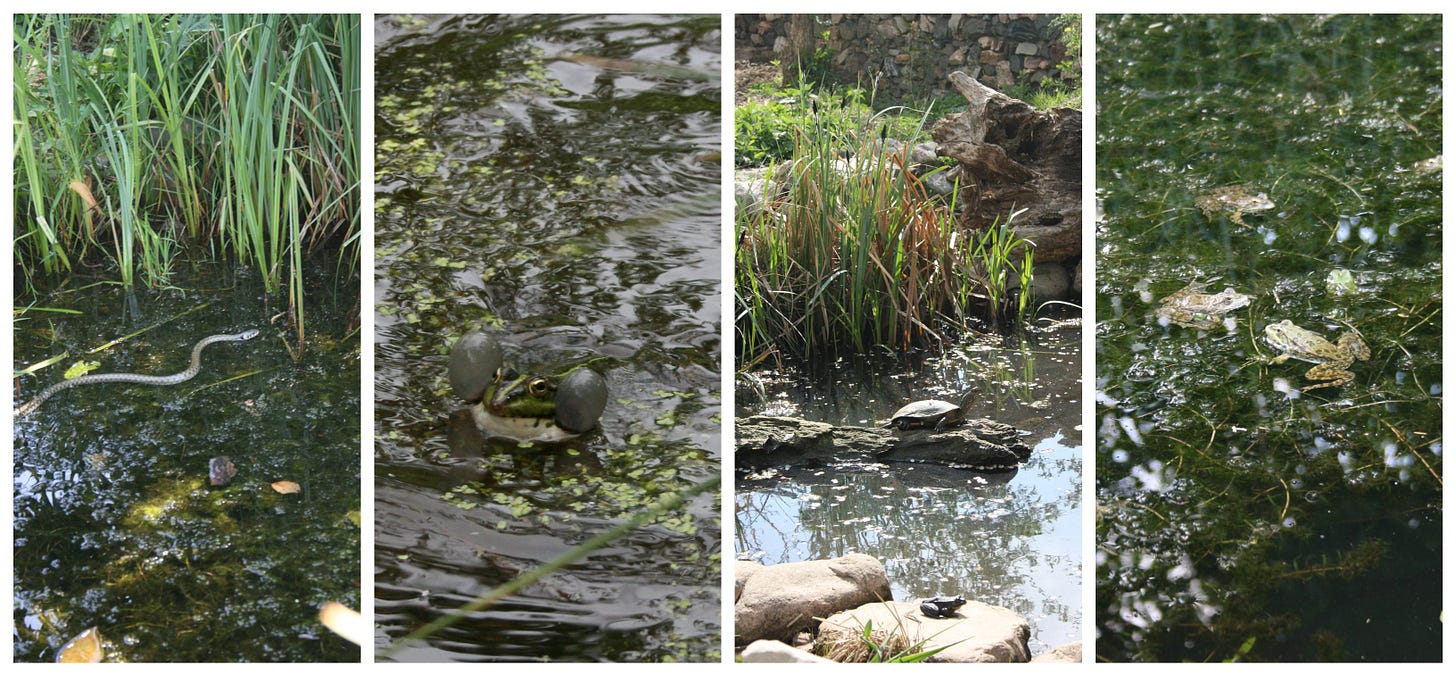
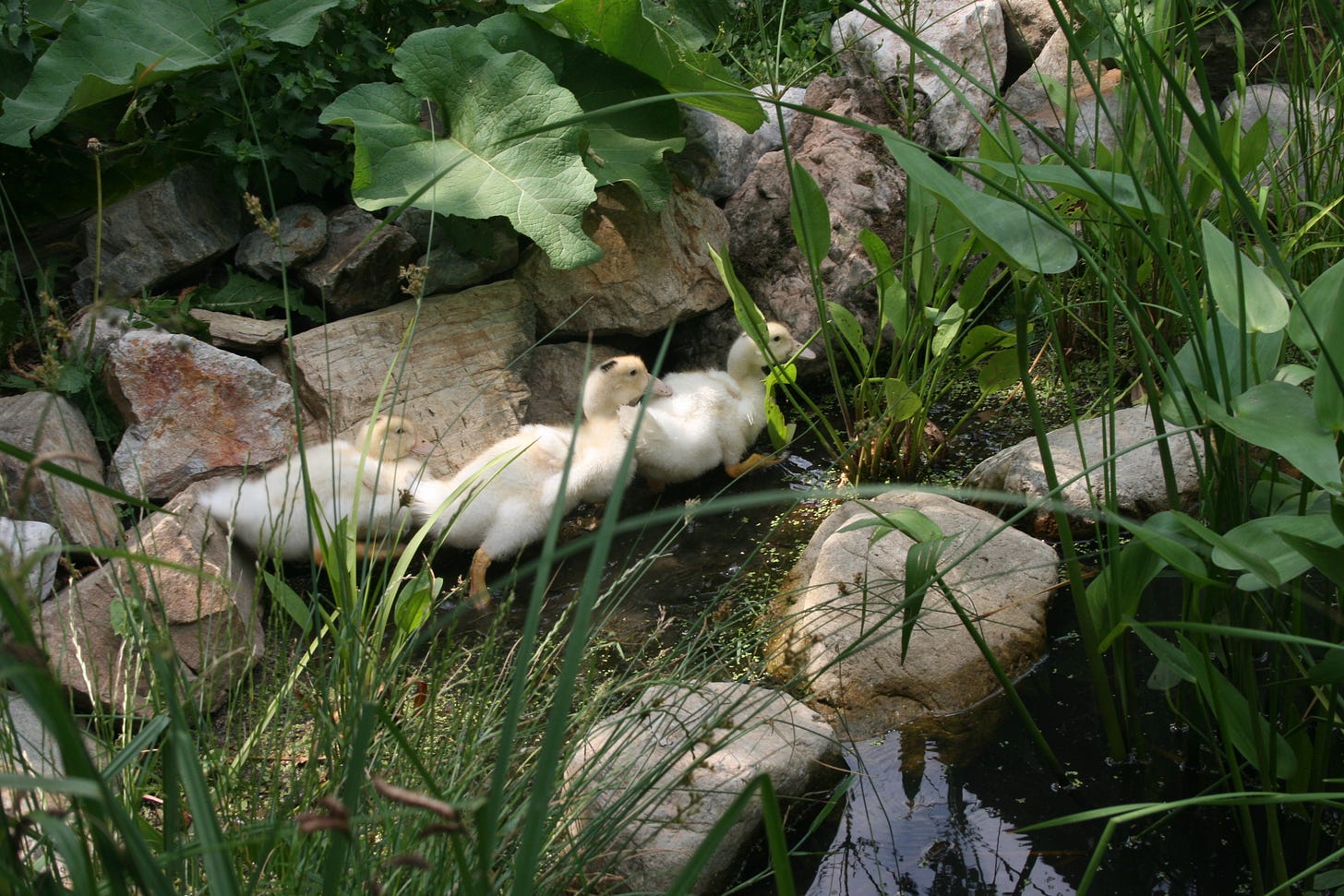

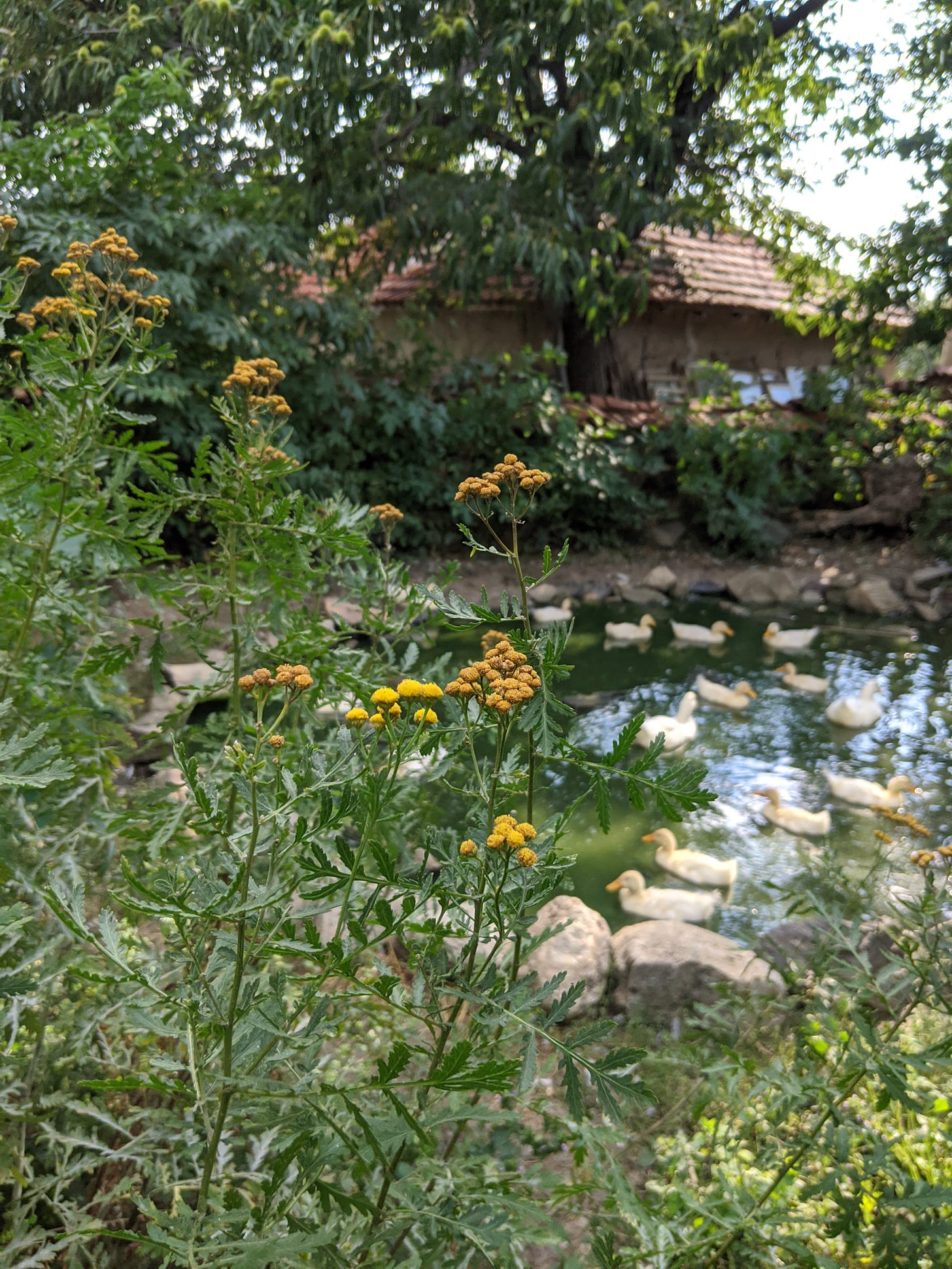
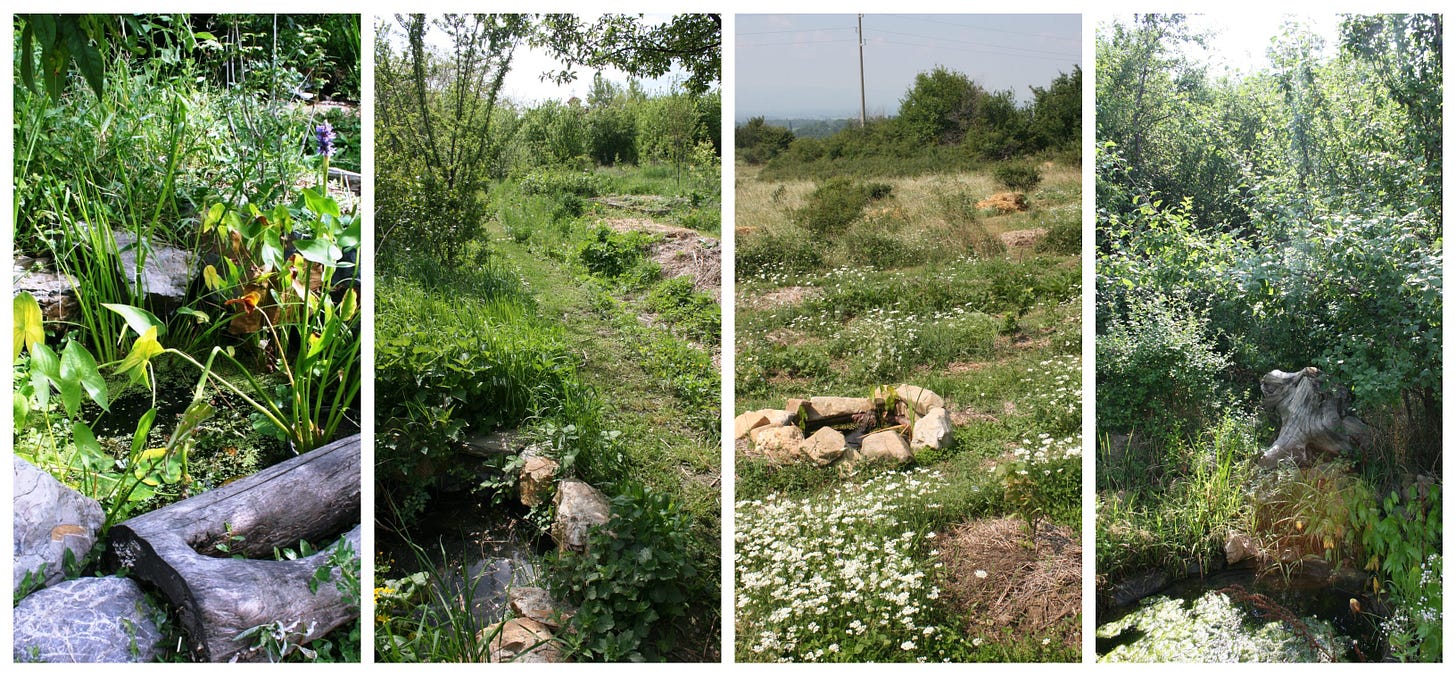
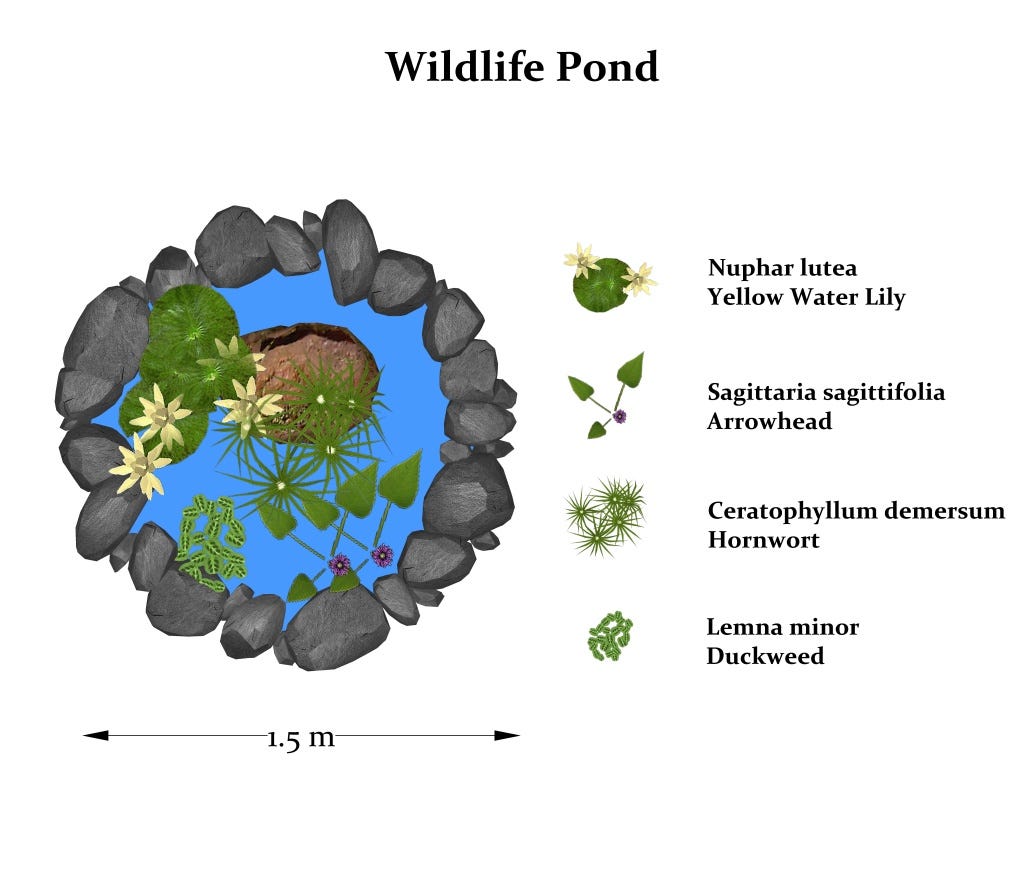


No comments:
Post a Comment